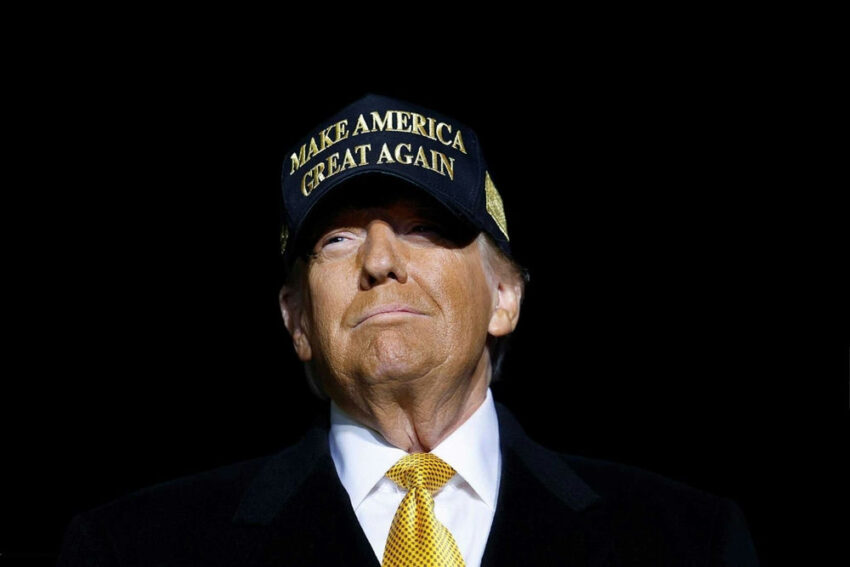Can you believe a CBS reporter claims he got PTSD from Trump supporters at a rally? Well, buckle up for this wild ride because it’s not what you’d expect.
CBS Reporter Claims PTSD from Trump Supporters
In the aftermath of the July 2025 assassination attempt on President Donald Trump at a Butler, Pennsylvania rally, CBS News correspondent Scott MacFarlane reported experiencing PTSD. Strangely, it wasn’t the shooting itself but the reaction of some Trump supporters that reportedly triggered this diagnosis. MacFarlane claims the crowd’s hostility towards the media left a profound impact, leading to his diagnosis just 48 hours later.
This revelation came during a discussion on Chuck Todd’s podcast, “The Chuck Toddcast,” where both MacFarlane and Todd reflected on the emotional toll and dangers of reporting in today’s polarized political environment. The assassination attempt was a significant flashpoint, not just for political violence, but for the role and safety of journalists in such charged situations.
The Reaction and Skepticism
MacFarlane’s claims have sparked a heated debate about the legitimacy of his PTSD diagnosis. Critics argue that a PTSD diagnosis within 48 hours contradicts clinical guidelines, which typically require symptoms to persist for at least a month. This discrepancy has led to skepticism about the accuracy of MacFarlane’s account, with some suggesting it may be exaggerated.
CBS’s Scott MacFarlane claims he has “PTSD” after Trump’s attempted assassination because the crowd scared him.
That’s just insulting to our servicemen who truly have PTSD.pic.twitter.com/mNrh9UAvv0
— MRCTV (@mrctv) July 17, 2025
Conservative commentators and eyewitnesses challenge the narrative, questioning whether MacFarlane’s depiction of the crowd as uniformly hostile is fair or accurate. They argue that such narratives might shift focus from the actual victims of violence and contribute to media bias.
Media and Public Trust at Odds
The event has intensified the existing distrust between Trump supporters and the media, a relationship already strained since Trump’s first presidential campaign. Accusations of “fake news” and media adversarialness to conservative values have only grown since the Capitol riot on January 6, 2021.
Scott MacFarlane— who blocked me long ago and stared at the door when we were in an elevator together in DC courthouse robbing me of chance to make fun of his cheesy suit—now interviewing FBI agents under cover. Now he’s worried about threats to national security?
Cheese ball pic.twitter.com/yZMW1gEhbp
— Julie Kelly
(@julie_kelly2) February 7, 2025
MacFarlane’s comments have become a flashpoint in the ongoing debate over media bias and journalist safety. Critics argue the media often portrays itself as a victim, which can come across as self-aggrandizing. This perception risks further eroding public trust, particularly among conservatives who feel misrepresented.
Implications for the Future
The assassination attempt and its aftermath underscore the volatile nature of today’s political climate. For journalists, the event highlights the real dangers of covering political violence and the potential for personal trauma. However, it also stresses the importance of maintaining objectivity and not allowing personal narratives to overshadow factual reporting.
Media organizations may need to reassess their security protocols and offer more robust mental health support for their staff. The incident also calls for a broader conversation about the ethics of personal storytelling in journalism and the need for trauma-informed practices.
Sources:
Click this link for the original source of this article.
Author: Editorial Team
This content is courtesy of, and owned and copyrighted by, https://www.rightwinginsider.com and its author. This content is made available by use of the public RSS feed offered by the host site and is used for educational purposes only. If you are the author or represent the host site and would like this content removed now and in the future, please contact USSANews.com using the email address in the Contact page found in the website menu.








